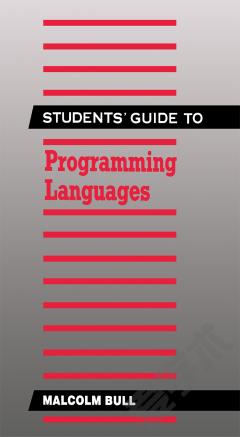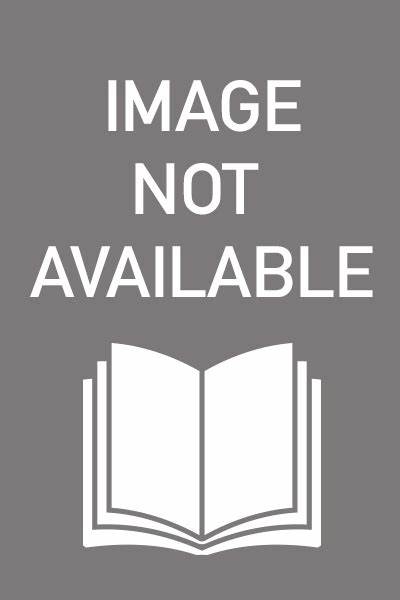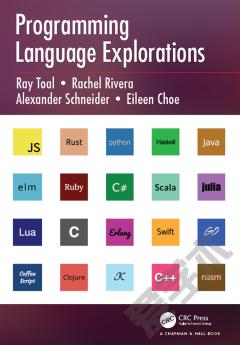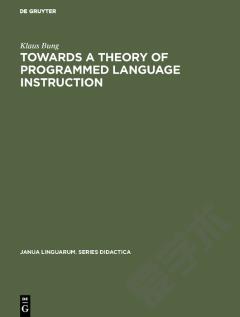Students' Guide to Programming Languages
Students' Guide to Programming Languages introduces programming languages, emphasizing why they are needed, how they are defined and constructed, and where and how they are used. With greater access to computers at work, at school, and in the home, more and more people are now able to write programs. Only a small number of these people recognize the underlying features of the programming languages they are using, and even fewer people appreciate the features that are common to most programming languages. This book demonstrates how most programming languages are based upon the same concepts and how knowledge of these concepts can benefit the analyst and the programmer. When specifying computer solutions to real problems, the systems analyst and the programmer must be able to stand back from the particular problem in hand and visualize a solution that is independent of the constraints and limitations imposed by the programming language itself. The text helps in achieving these goals. The book as well is suitable for college students following BTEC and City and Guilds courses in computer studies and IT topics, including professional commercial and end-users.
{{comment.content}}








 京公网安备 11010802027623号
京公网安备 11010802027623号